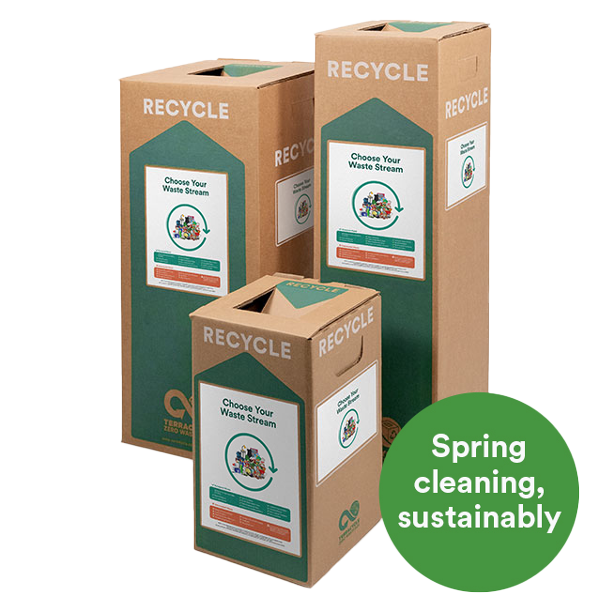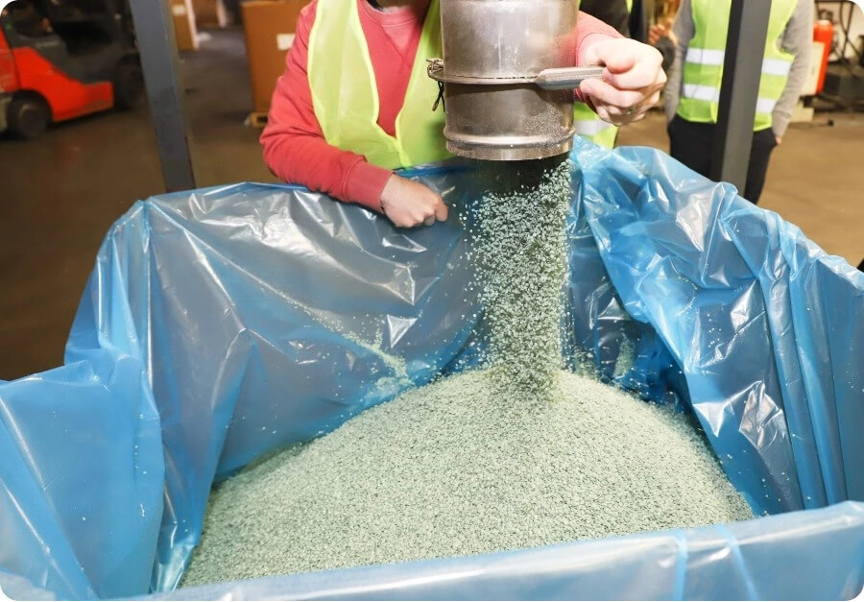Recycle the unrecyclable with Green Global Solutions
Sortation & Aggregation
We sort materials based on material characteristics and composition, using a wide variety of sorting technologies .
Manual sortation
Trained workers separate and categorize materials
Size separation
Waste is fed into a machine with screens of different sizes
float separation
Items of different densities will either sink or float in water, ready to be extracted.

Optical separation
Waste passes under an infrared sensor which records the light waves that bounce off each item and determines their composition.
Air density separation
Fans create a column of air in which low-density items are blown out and high-density items fall.
Magnetic separation
Magnets separate ‘ferrous’ metals, like steel, from other materials.
Once sorted by category, the different material types are cleaned and then sent to third-party partners to process the materials into usable forms.
For example, metals and aluminum are shredded and smelted into metal sheeting, ingots, or bar stock. Glass is crushed and melted to be used in new glass bottles (if clear), or brick, cement, or concrete applications (if colored). Rubber is generally reduced into a powdered state for flooring applications. Organics are composted or used in industrial and commercial fertilizers.
Plastics are the largest category of material we collect through our programs. These materials are size-reduced (made smaller by being shredded or ground), sorted by type then melted and reformatted into pellets, flakes, or a powder format.

